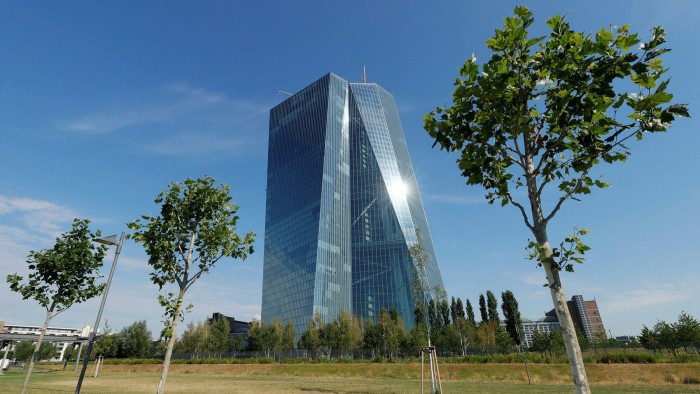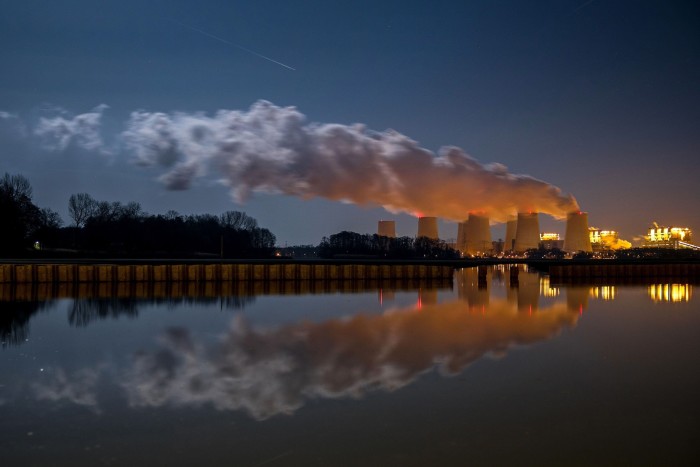Central banks should turn green

Roula Khalaf, Editor of the FT, selects her favourite stories in this weekly newsletter.
A revolution is under way in central banks: a green one. Everywhere, monetary policymakers are pondering how to address the reality of global climate change. And it is “how”, not “if” — hardly any central bankers think they can do their job if they ignore the issue.
They are right. Only six years ago, Mark Carney, then Bank of England governor, caused controversy by warning of the financial stability risk from “stranded assets” — values in corporate balance sheets, such as oil reserves, that may be impossible to realise. By now it is obvious, and fortunately recognised as such, that climate change affects economies in profound ways that central banks cannot ignore. Even the core goal of price stability is threatened by large-scale disruption from runaway climate change, as it has historically been jeopardised by natural disasters in the past.
In a sign of how far things have come, this week the Network for Greening the Financial System, which includes the world’s major central banks, published a “toolkit” of ways monetary policy institutions can address climate change in their operations.
Some should be uncontroversial. Central banks must understand what economic and financial risks climate change brings. In their roles as guardians of financial stability, they should act to protect against these like they would any other risk. They should do the same with their own balance sheet through regulations and by pricing climate risk into the terms on which they take collateral from banks. This basic risk management requires no particular “green” political sympathies; even the most conservative central banker should endorse this.
More radical, and more contentious, is whether central banks should go beyond this defensive approach and contribute to decarbonisation directly. They could, for example, tilt the economy’s allocation of capital towards energy transition through policies such as “green quantitative easing” or “green targeted lending operations”. This would involve giving more advantageous terms to “greener” beneficiaries of bond-buying or bank liquidity programmes, respectively.
Climate Capital

Where climate change meets business, markets and politics. Explore the FT’s coverage here
Central bankers are rightly cautious about venturing into political territory. Stabilising the overall economy is one thing; directing capital flows within it, with sectoral and distributive consequences, quite another. Central banks aim for “market neutrality” for good reason. For climate change, however, the market is not neutral but distorted by the failure to fully price environmental harms and all central banking affects distribution and capital allocation.
Ultimately it is for democratic governments to decide central banks’ mandates. The BoE has just had climate change concerns added to its mandate; the European Central Bank is legally obliged to support EU economic policy so long as price stability is safe.
The question is whether it is wise for governments to ask their central banks to actively promote decarbonisation. Two things are clear. It makes little sense for central banks to act at cross-purposes with governments’ broader economic goals. But broader mandates need broad political backing to be sustainable: it is easier for the BoE and ECB to tackle climate change than the US Federal Reserve thanks to a consensus in favour of reducing emissions.
As Klaas Knot, president of the Dutch central bank, told an FT climate conference last week, “We shouldn’t be tempted to think that we are the primary actors here. The primary actors are really the governments.” Central banks should follow, but first it is the job of democratically elected governments to lead.
Comments